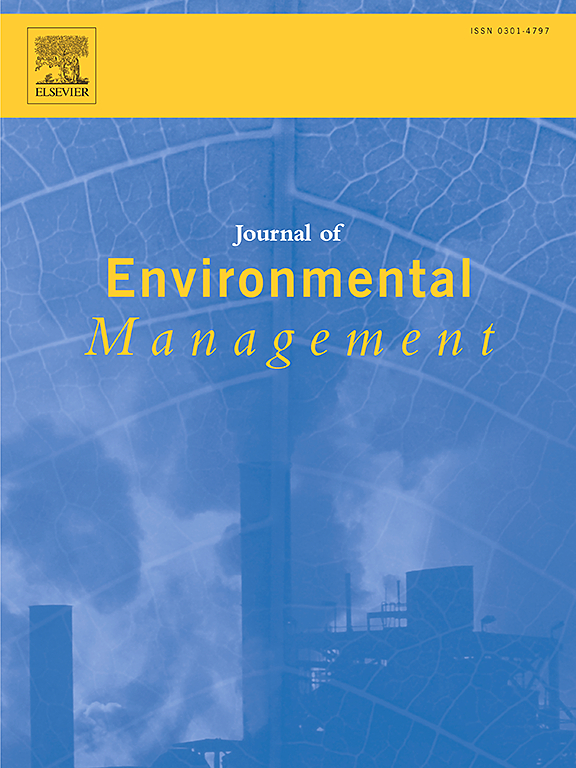外来物种对河流生物评价的影响。
IF 8
2区 环境科学与生态学
Q1 ENVIRONMENTAL SCIENCES
引用次数: 0
摘要
外来类群对河流生态系统健康的影响程度尚不清楚,但其频率持续上升。我们研究了1)将外来类群纳入河流生物评价常用生物指标的流行程度,2)外来类群对本地物种丰富度和丰度的影响,以及3)将外来类群纳入生物评价工具是否增加了它们对河流退化的敏感性。在分析的17个国家中,鱼类代表了最多的外来物种(1726),其次是大型植物(925),大型无脊椎动物(556)和硅藻(7)。然而,外来物种仅在某些鱼类和大型植物指数中与本地物种区分。此外,对8个鱼类、大型无脊椎动物和大型植物数据库数据的分析表明,外来类群的丰度与导致河流退化的不同应激源和压力有关,并对本地群落组成产生显著影响。当考虑外来物种时,鱼类指数与外来物种丰富度和丰度之间存在很强的负相关,而当不考虑或仅部分考虑外来分类群时,结果有所不同。因此,我们建议:1)在生物质量指标中加入针对外来物种的具体指标。2)加大对外来小生物类群(如硅藻、小型底栖无脊椎动物)的调查。3)排除已确认生物入侵的站点作为参考站点。4)从总丰富度和多样性的计算中删除外来物种。5)在生物监测程序中识别到物种水平。6)避免保护外来物种的立法和管理。7)鼓励防止外来水生生物入侵的行为。本文章由计算机程序翻译,如有差异,请以英文原文为准。

The impacts of alien species on river bioassessment
The extent of alien taxa impacts on river ecosystem health is unclear, but their frequency continues to rise. We investigated 1) the prevalence of including alien taxa in common bioindicators used in river bioassessment, 2) the effect of alien taxa on the richness and abundance of natives, and 3) whether including alien taxa in bioassessment tools increased their sensitivity to river degradation. In the 17 countries analyzed fish represented the greatest number of alien species (1726), followed by macrophytes (925), macroinvertebrates (556), and diatoms (7). Yet, alien species are only distinguished from natives in some fish and macrophyte indices. In addition, the analyses of 8 databases with fish, macroinvertebrate, or macrophyte data showed that abundance of alien taxa was associated with different stressors and pressures resulting in river degradation, and had a significant effect on native community composition. When alien species were accounted for, there was a strong negative correlation between the values of a fish index with alien richness and abundance while when alien taxa was not or only partially considered the results varied. Thus, we recommend: 1) Include specific metrics for alien species in biological quality indices. 2) Increase the investigation of alien taxa of small organisms (e.g. diatoms, small benthic invertebrates). 3) Eliminate sites with confirmed biological invasions for use as reference sites. 4) Remove alien from calculations of total richness and diversity. 5) Identify to the species level in biomonitoring programs. 6) Avoid legislation and management that protect alien species. 7) Encourage behaviors that prevent alien invasions of aquatic biota.
求助全文
通过发布文献求助,成功后即可免费获取论文全文。
去求助
来源期刊

Journal of Environmental Management
环境科学-环境科学
CiteScore
13.70
自引率
5.70%
发文量
2477
审稿时长
84 days
期刊介绍:
The Journal of Environmental Management is a journal for the publication of peer reviewed, original research for all aspects of management and the managed use of the environment, both natural and man-made.Critical review articles are also welcome; submission of these is strongly encouraged.
 求助内容:
求助内容: 应助结果提醒方式:
应助结果提醒方式:


